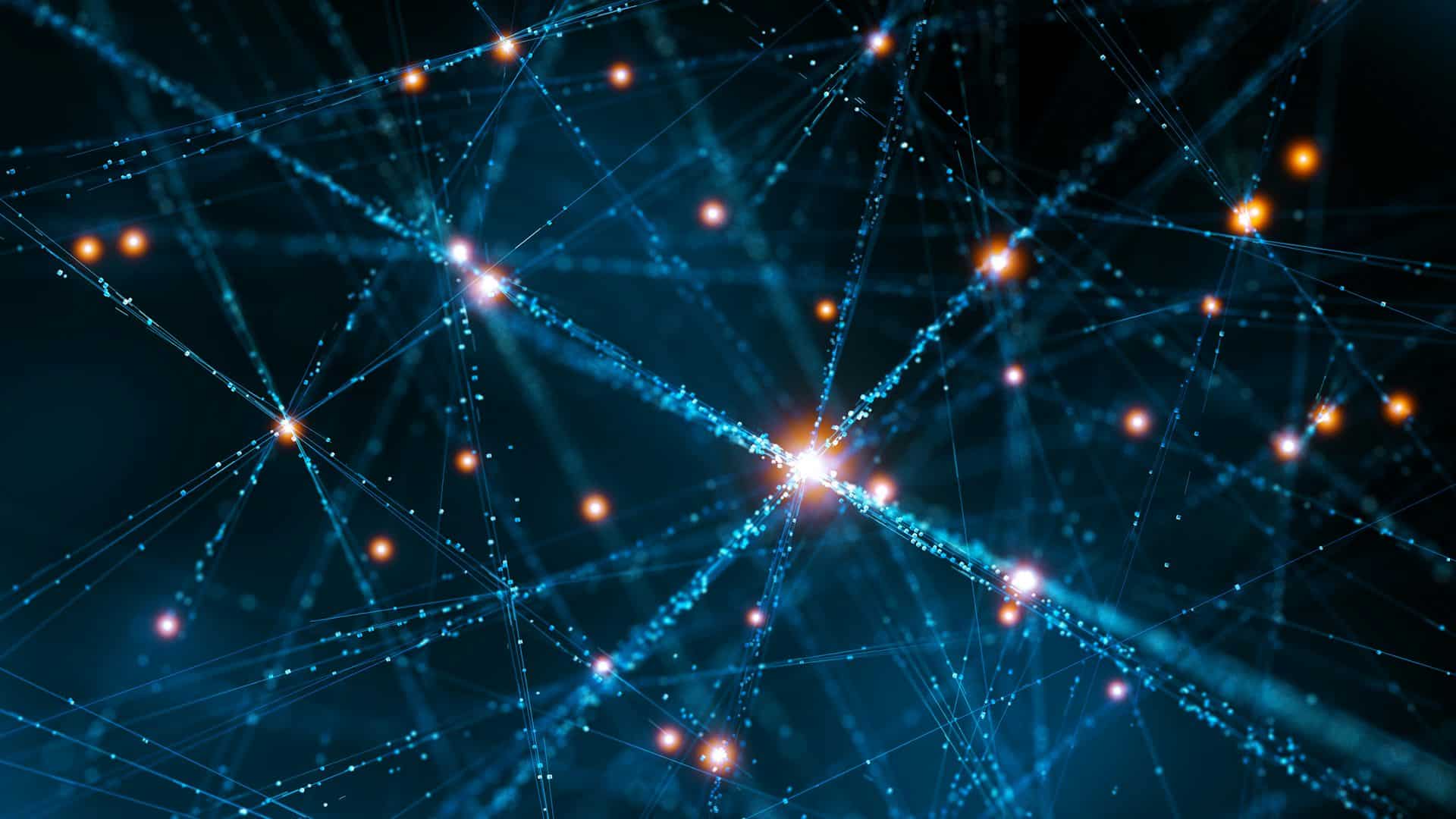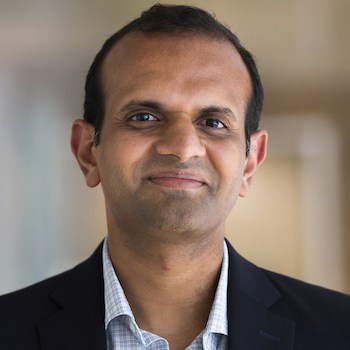
An ‘AI Scientist’ Could be the Next Step Towards Hypersonics Research
Professors Venkat Raman and Alex Gorodetsky receive DURIP grant for new University of Michigan supercomputer

Professors Venkat Raman and Alex Gorodetsky receive DURIP grant for new University of Michigan supercomputer


As generative AI remains a hot topic for researchers and engineers alike, Michigan Aerospace Professors Venkat Raman and Alex Gorodetsky look to keep University of Michigan Aerospace at the forefront of innovative computational science technologies. With a strong push towards the future of computational science within the department, innovative approaches to advanced software and integrating operational data will continue to propel the University of Michigan into the next generation of aerospace engineering.
With two recent Defense University Research Instrumentation Program (DURIP) equipment grants from the Department of Defense (DoD), Raman and Gorodetsky are bringing the next generation of computer systems to the University of Michigan. Much like that of a supercomputer, this system will be trained to solve new kinds of problems that the DoD expects to face in the future within the field of hypersonics and beyond.
The awarded project, “Enabling Extreme-Scale Computing for Exploratory and Design-oriented Hypersonics Simulations,” has allowed the team to incorporate machines that use graphics processing units, or GPUs, for the training and building of artificial intelligence models, similar to ChatGPT. After a few years of dedicated training the team’s “AI Scientist” will have the ability to access papers from various outside sources. With this training, the model will have the capability to process research and find what, if any, additional research is needed. From its findings, the machine can then run simulations and continue doing calculations to educate itself with minimal human intervention.
“The AI scientist will also be able to leverage and integrate advanced algorithms for high-performance learning, optimization, and uncertainty quantification with new advancements in high-fidelity simulation technology. With these capabilities, the machine may be able to discover new computing workflows that can unlock answers to the most challenging questions,” explained Gorodetsky.
“The machine will become like an oracle,” explained Raman. “You can go ask it questions on certain topics, and then it’ll tell you what it knows, or it’ll tell you ‘I don’t know anything about it, but I will do these simulations.’”
With the use of a GPU’s ability to perform technical calculations required for AI, the team will have something that can mimic a supercomputer, but with much greater energy efficiency. Things that used to be done with a much larger machine before can now be done with a smaller one, and because each machine is faster they also consume less energy per computation.
Director of the Advanced Research Computing Information Technology Services (ARC-ITS), Brock Palen, who has been working closely with Raman to maintain the machine at U-M commented, “Generative AI is transforming numerous language and image-driven fields, but its applications in physical sciences are still untapped. As resources grow, AI is poised to unlock new possibilities, expanding its impact on these domains.”
Large language models (LLMs), such as ChatGPT, provide answers based on what the LLM was trained on and nothing more. This training consists of information from websites, textbooks and other readily available information on the internet. Instead of this, the team plans to build a model that will be trained on computational science simulations and areas of physics to support hypersonic research. This will allow the model the ability to answer specific questions related to these fields.
“The department is really well known for computational science, especially in aerodynamics and propulsion,” stated Raman. “This project would be taking that to the next generation of computations, which is tying it to AI.”
The team will use hypersonic simulations as a stepping stone throughout this project, with a long-term goal of revolutionizing the field of AI in the aerospace enterprise. With this, the team will be creating a new generation of resources to address critical breakthroughs. Raman commented, “Hypersonics is an excellent topic to use these kinds of resources for because it is also a legacy. It has been around for 50, 60 years but if you want to make critical breakthroughs, it cannot come from incremental research. This provides a revolutionary step.”
Eric Michielssen, associate dean for research at Michigan Engineering and the Louise Ganiard Johnson Professor of Engineering in electrical and computer engineering, highlighted the significance of this investment. “This DURIP grant places Michigan Aerospace at the forefront of AI and hypersonics, uniting our historic strengths in computational science with transformative AI technologies. It’s not just advancing research—it’s redefining how aerospace challenges are addressed, cementing Michigan’s leadership in the future of aerospace innovation.”
Next Steps
Looking forward, the team plans to explore ways to build out this resource further and provide access to peer institutions and collaborators, in an effort to expand areas of research and continue revolutionizing the next generation of hypersonic research with the ability to enable simulations more fluently.
The DURIP grant is the second installment of funding for Raman and his team towards this initiative, building off of the work they have previously done building an AI-driven Scientific Computing Resource. This prior collaboration with the U-M Department of Mechanical Engineering also considered GPUs and began the process of increasing the power of computer resources on campus.
“We want to make the case that the DoD is evaluating whether computational science will be affected by AI in a very profound way and they have chosen U-M Aero to pursue this,” explained Raman.
The highly competitive DURIP award is distributed annually and administered jointly by the Air Force Office of Scientific Research, the Army Research Office, and the Office of Naval Research through a merit competition. Proposals are awarded based on their foundational science and engineering research relevant to national defense.
As the University of Michigan Department of Aerospace Engineering continues to be a leader in computational science, resources like this “AI Scientist” will be critical towards creating a new aerospace enterprise, one consisting heavily of generative AI. Raman and Gordesky are confident that the use of this supercomputer will be the stepping stone necessary towards the future of research, not only in the field of hypersonics but also towards simulations in engineering as a whole.